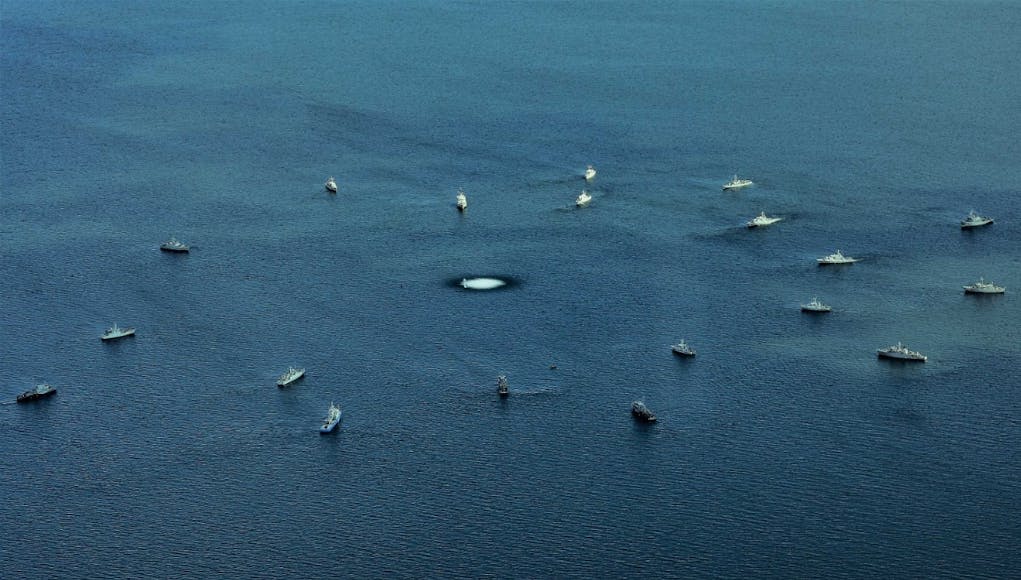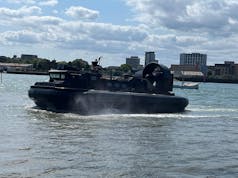NATO maritime forces have located and disposed of historical sea mines and other unexploded ordnance across the Baltic Sea, the Mediterranean, and the English Channel.
This initiative is part of the Historic Ordnance Disposal Operations (HODOPS) carried out by the Standing NATO Mine Counter Measures Groups One and Two (SNMCMG1 and SNMCMG2), under the direction of NATO Allied Maritime Command.
The operations have targeted explosives dating back to World War I and II. Despite their age, these remnants pose a persistent threat to modern maritime activities and the environment. “These remnants of past wars are still posing a real threat and danger to merchant traffic and shipping,” stated Polish Navy Commander Piotr Bartosewicz, the Commander of SNMCMG1.
Throughout the year, SNMCMG1 has successfully identified and cleared numerous mines, torpedoes, missiles, shells, and bombs in various operations. Notably, around Stavanger and Kristiansand, approximately 300 items of unexploded ordnance were detected. Other exercises saw over fifty mines destroyed in the Irbe Strait and ten in the Exercise Northern Coasts.
In addition to cleaning up the historic explosives, these operations serve as practical training for the specialist mine countermeasures crews, sharpening their skills for modern threats. C














I’m not sure, but that looks a little like OVERKILL. 19 ships to take out one mine. 😂
Can never be too sure. I’m sure reinforcements are just out of shot
It might just be that the decision was taken to have all ships close in (obviously taking in safety zone), so that the crews of the vessels could see close up the effects of a mine going off. Like a lot of things military, you don’t always get to see stuff go bang, but when you do, it does impress on you the effects of said Ordnance. It’s not till you have sat on a firing point behind a tank firing “live” rounds, rather than training that you get to realise just how deadly they are.
Wonder whether RFA Stirling Castle, equipped w/ the future British-French MCM system, will be deployed at some point in conjunction w/ SNMCMG1 or 2? Would presumably yield useful OT&E data.
Unofficial Shock Trial.
However you need to be positive that what you are destroying is actually what you identified.
For instance you may think that the object you are about to hit with a Sea Fox is a 500lb GP Bomb GW1 legacy munition when in fact it’s a 2000lb GP bomb. The shock from its explosion is shall we say somewhat different.